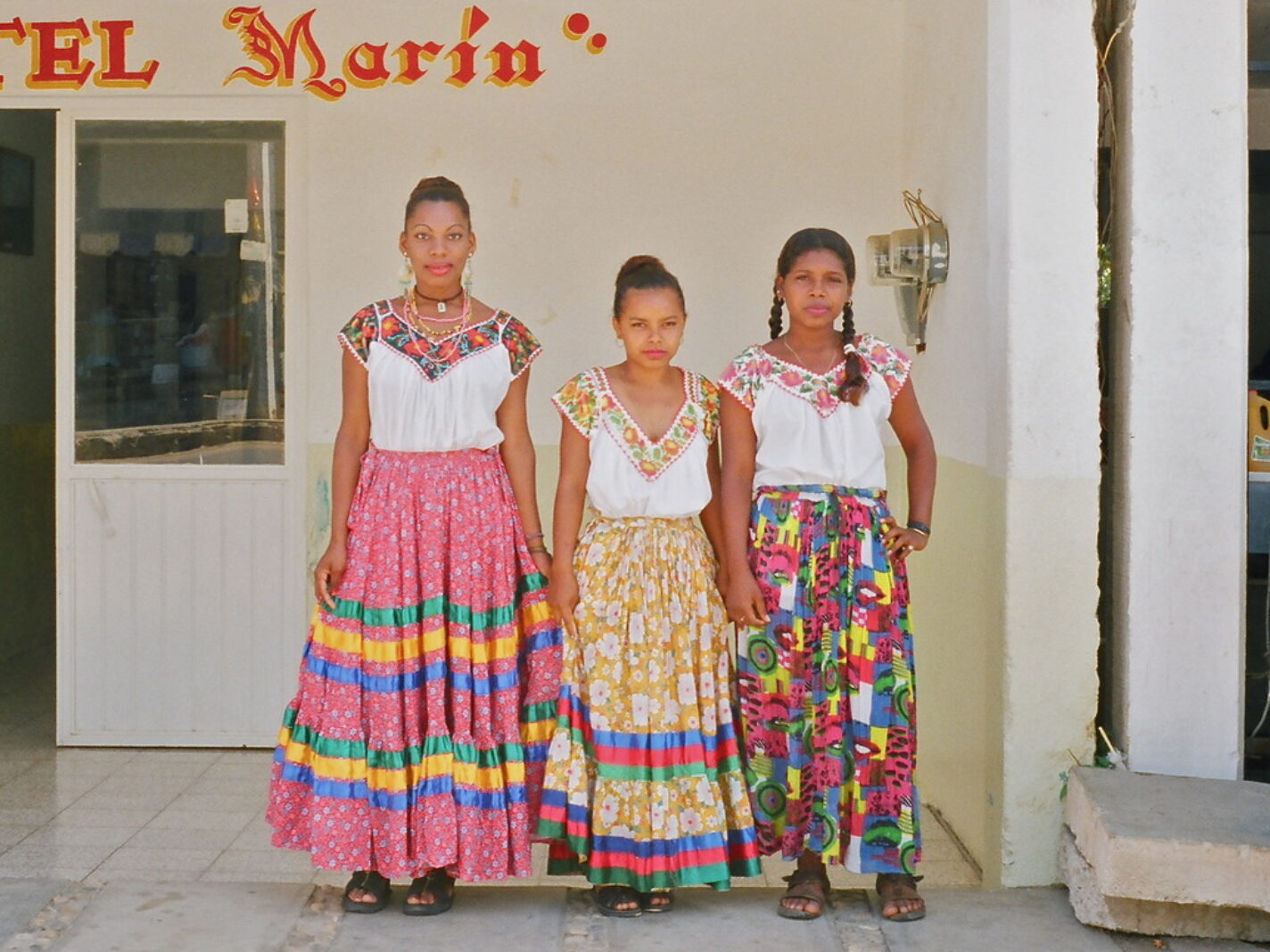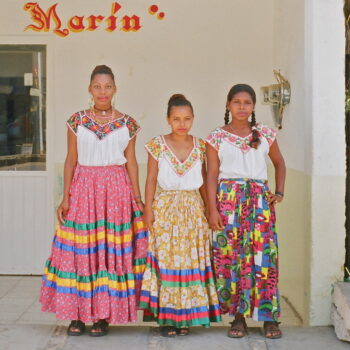It’s Black History Month once again, and while it seems like every other day of the calendar year has been dedicated to some cause or another, the concept of Black history is particularly relevant to us as Latinos. With historically documented African populations from Buenos Aires up to Veracruz, including just about every country along the way, a new generation is starting to realize that our African heritage has been systematically erased from our national narratives over the centuries.
Even in countries more traditionally associated with Afro-Latino communities like Colombia, Cuba, DR or Puerto Rico, it was only in the last 60 years or so that African cultural influence was even officially acknowledged. Now, with recent identity movements creating visibility for Afro-descendants in Peru and even Bolivia (not to mention the entire Ecuadorian soccer team doing their thang), it’s becoming ever-clearer that la negritud is a fundamental element of our Latino identity, not just an asterisk relegated to a handful of countries.
One country that’s been at the center of these recent historical revisions also happens to be the most populous Spanish-speaking nation in the world: Mexico. With a steady flow of transatlantic slave ships entering the port of Veracruz throughout the 16th, 17th and 18th centuries, for a while Mexico had the distinction of possessing the largest African population in the New World. To boot, revolutionary heroes like José María Morelos and Vicente Guerrero are widely known to have had African ancestry, yet when it came time to forge a national identity after independence, this “third root” was conveniently washed over in favor of a narrative of Spanish-indigenous mestizaje.
One young filmmaker and anthropology student of Afro-Salvadoran descent, feeling sympathy for the plight of invisible Afro-Mexicans, took it upon himself to make a very independent documentary exploring Afro-Mexican identity in the coastal communities of La Costa Chica — a region spanning the states of Guerrero and Oaxaca that has the highest concentration of Afro-descendants in Mexico. Titled Así Somos: Afro Identities in the Coast, the short doc admittedly features an extremely raw and unpolished style, but director Andy Amaya does a fairly good job of letting his subjects speak for themselves as they reflect on experiences with discrimination, their Afro-linguistic heritage and labels like ‘negro’ vs. ‘afromexicano’.
In the end, we see that popular identity is much blurrier and less defined than clear-cut anthropological labels, with everything from hair texture to skin tone defining who is ‘negro’ versus who is ‘indio.’ And while the individuals he shows are deeply proud of their heritage and unapologetic about their blackness, Amaya points out that constitution of Mexico has yet to acknowledge their existence.
With more and more works like this changing the narrative, hopefully one day Mexicans can grow to be as proud of their tercera raiz as they are of their Hispanic and indigenous heritage.
h/t: SalvaCultura




